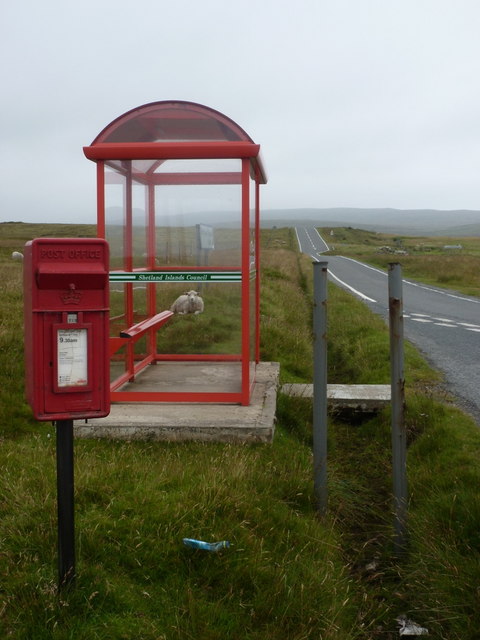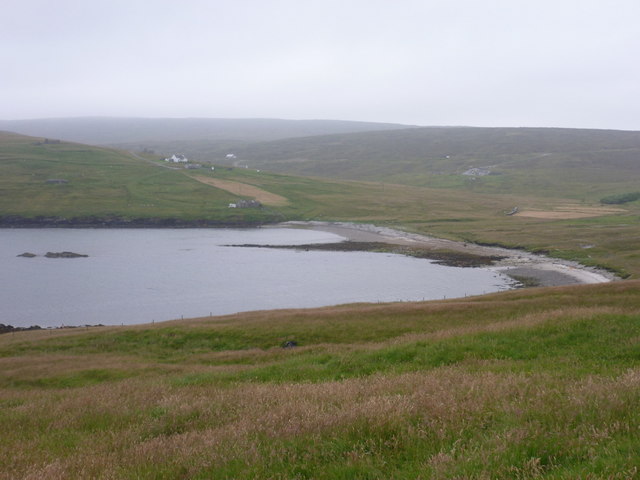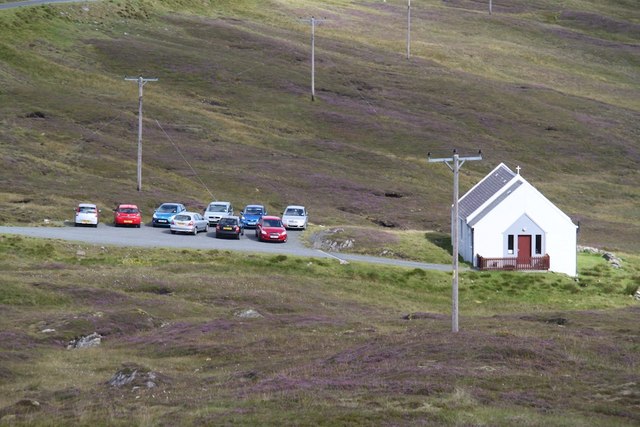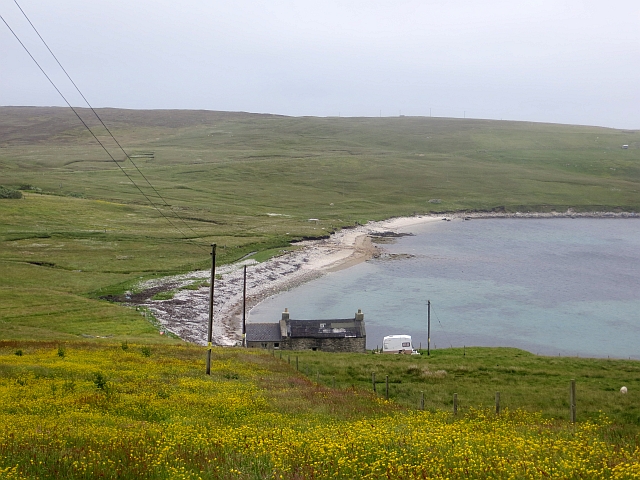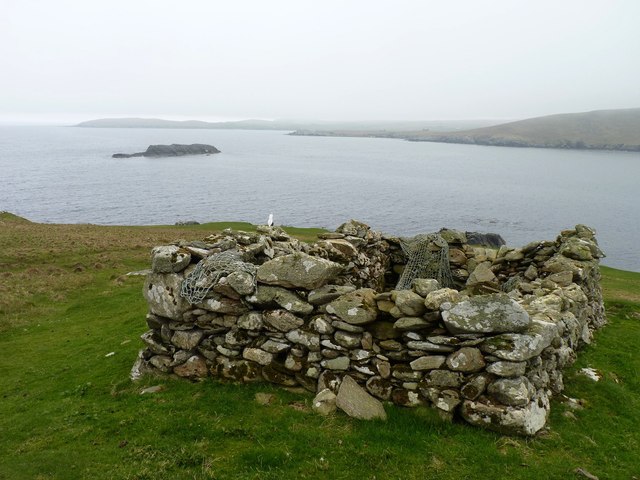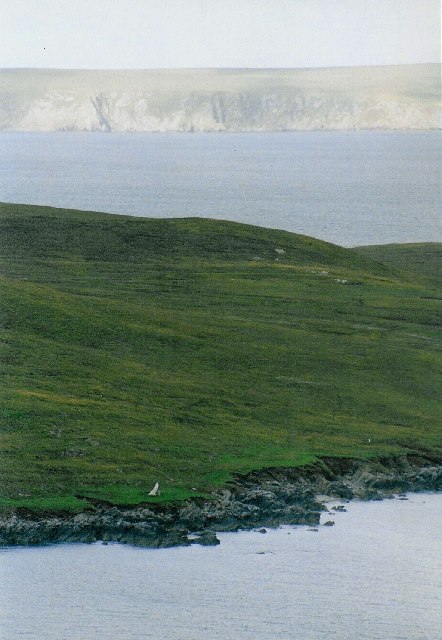Aywick, North
Settlement in Shetland
Scotland
Aywick, North
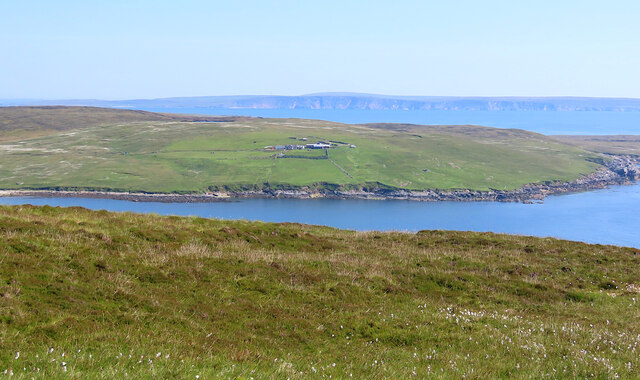
Aywick is a small hamlet located in the Northmavine region of the Shetland Islands in Scotland. Situated on the northern coast of the mainland, it is surrounded by picturesque landscapes and stunning views of the North Sea. With a population of about 50 residents, Aywick offers a serene and peaceful environment for its inhabitants.
The village is characterized by its traditional, charming houses, many of which are built with local materials such as stone and thatch. Aywick maintains a strong sense of community, with residents often participating in various social gatherings and events. The close-knit community atmosphere adds to the village's appeal.
Aywick is surrounded by natural beauty and offers plenty of opportunities for outdoor activities. The rugged coastline is a popular spot for fishing, birdwatching, and leisurely walks, while the nearby hills provide excellent hiking and wildlife spotting opportunities. The pristine beaches in the area are also a major attraction, offering breathtaking views and a chance to relax and enjoy the peaceful surroundings.
Despite its small size, Aywick is not far from amenities and services. The nearby town of Hillswick, just a short drive away, provides access to shops, a school, and other essential facilities. Additionally, the natural beauty and tranquility of Aywick make it a popular tourist destination, attracting visitors seeking a remote and unspoiled Scottish experience.
In conclusion, Aywick, North, Shetland is a charming hamlet that offers a close-knit community, breathtaking natural scenery, and a peaceful way of life. Its idyllic location and serene atmosphere make it a desirable place to live or visit for those seeking a tranquil escape.
If you have any feedback on the listing, please let us know in the comments section below.
Aywick, North Images
Images are sourced within 2km of 60.563017/-1.0351636 or Grid Reference HU5387. Thanks to Geograph Open Source API. All images are credited.
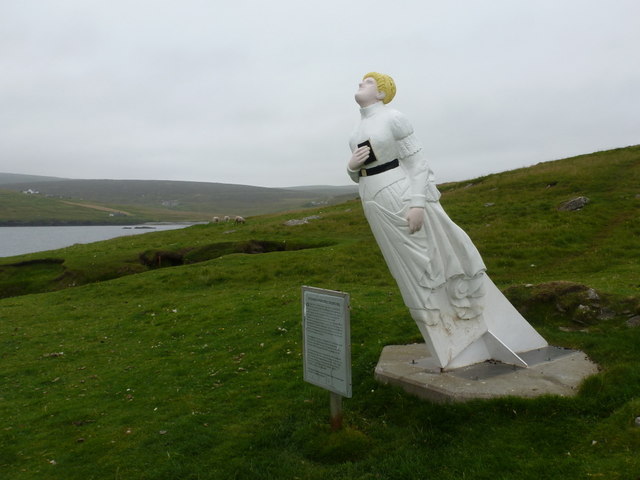
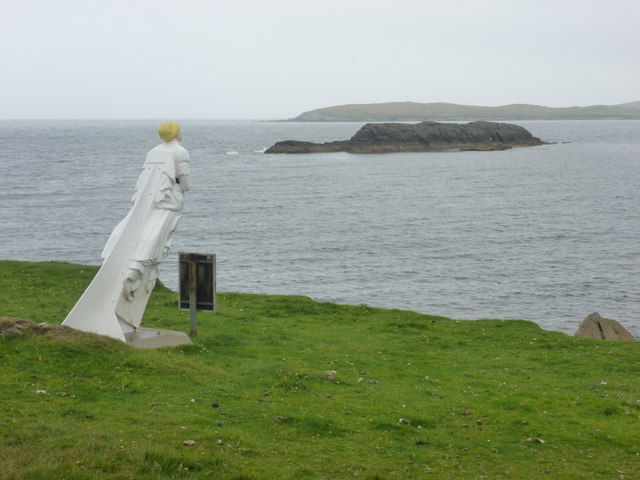
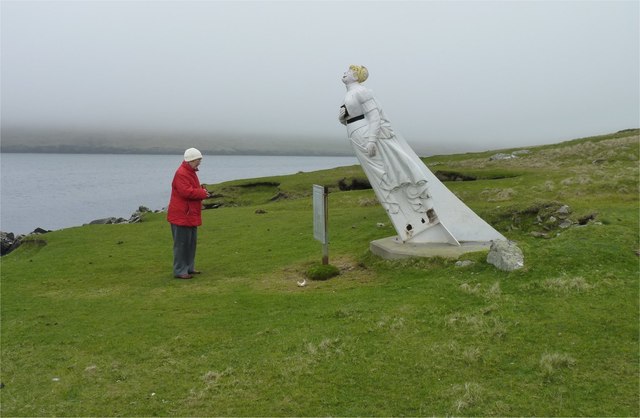
![Figurehead of the "White Wife" According to local tradition (and thus published many times) The White Wife (or White Lady) of Otterswick is said to be a German lady.
According to her life records we have to say that Bertha is a British girl or more correctly a Scottish girl, &quot;born in Grangemouth of German parents&quot;.
She was the figurehead of the steel barque Bertha built in 1892 by Grangemouth Dockyard Co., Grangemouth, as yard no. 163. Her dimensions were: 74,11×11,70×6,88 metres [248&#039;2&quot;×38&#039;4&quot;×22&#039;4&quot;] and with a tonnage of 1653 GRT (1499 NRT and 2600 DWT). She was launched at the shipyard of Grangemouth Dockyard Co. for Joh. H. Soost, Hamburg on July 6th, 1892 and assigned the official German signal RJQD.
She was named after Bertha, the eldest daughter of Joh. H. Soost, and this should be the proper name of The White Lady.
In 1899 she was sold to Captain M. Dietrich, Hamburg, and thereafter changed hands several times. In her great days until 1912 she did a lot of long distance runs such as 1904 from Lizard Point to Seattle in 154 days, 1906 from Lizard Point to Sydney in 117 days and again in 1909 in 114 days or in 1910 from Sydney to Falmouth f/o in 129 days.
In 1912 she was sold to Sweden changed hands several times and ended up with Förnyade Ångfartygs AB Viking, Gothenburg, for SEK 500.000. She was then renamed Bohus and assigned the official Swedish Reg. No. 5903 and signal KBCV. Captain at that time was Mr Ragnar Erik Nyberg, Stockholm. Bertha was bound to the Baltic Sea, mostly sailing in Swedish and Finnish waters.](https://s0.geograph.org.uk/photos/60/69/606956_9287ed4c.jpg)
Aywick, North is located at Grid Ref: HU5387 (Lat: 60.563017, Lng: -1.0351636)
Unitary Authority: Shetland Islands
Police Authority: Highlands and Islands
What 3 Words
///wipe.cushy.vegans. Near Ulsta, Shetland Islands
Nearby Locations
Related Wikis
Aywick
Aywick is a small settlement on the east side of Yell, an island forming part of the Shetland Islands north of Scotland.The naturalist Bobby Tulloch was...
Otterswick
Otterswick is a hamlet on the island of Yell in the Shetland Islands, on the inlet of Otters Wick. It is on the east side of the island. There is also...
Gossabrough
Gossabrough is a coastal hamlet, wick and ness on the southeast side of the island of Yell, Shetland, Scotland. The Wick of Gossabrough lies between the...
Mid Yell
Mid Yell is a coastal settlement on the island of Yell, the second largest of Shetland Islands, Scotland. Mid Yell, the largest settlement on the island...
Nearby Amenities
Located within 500m of 60.563017,-1.0351636Have you been to Aywick, North?
Leave your review of Aywick, North below (or comments, questions and feedback).
